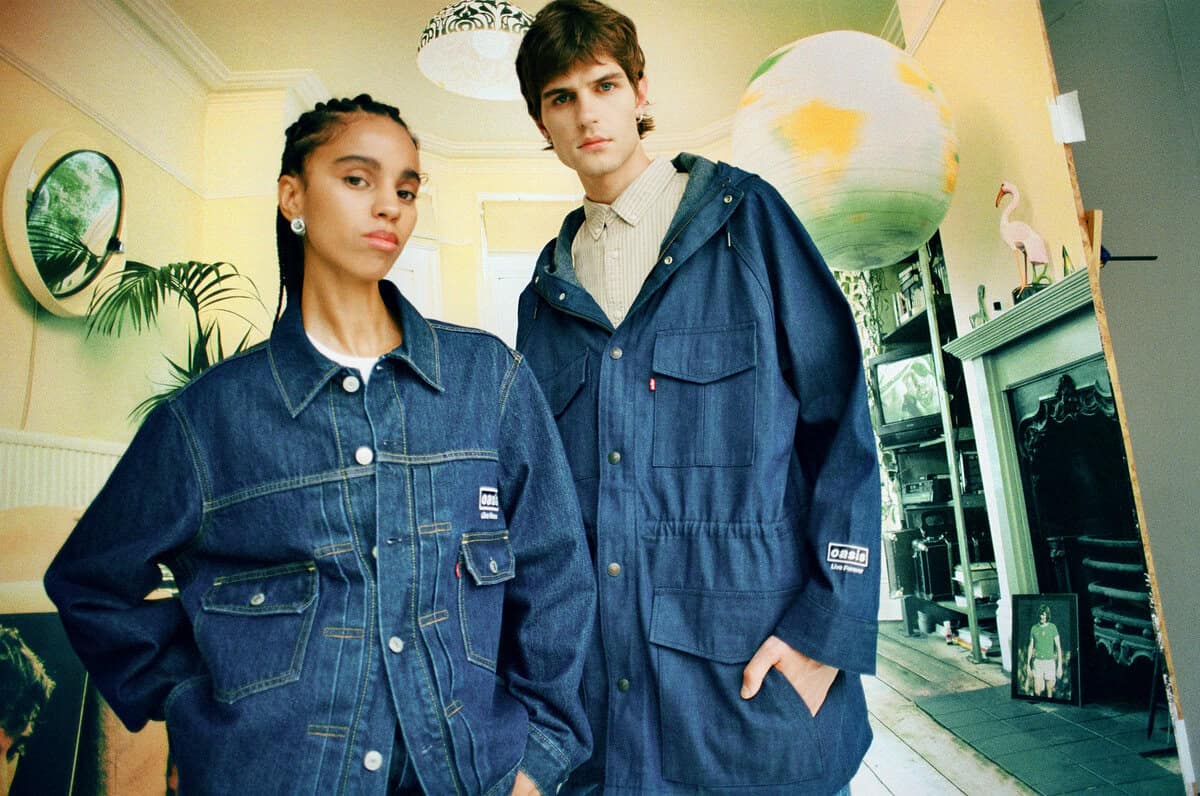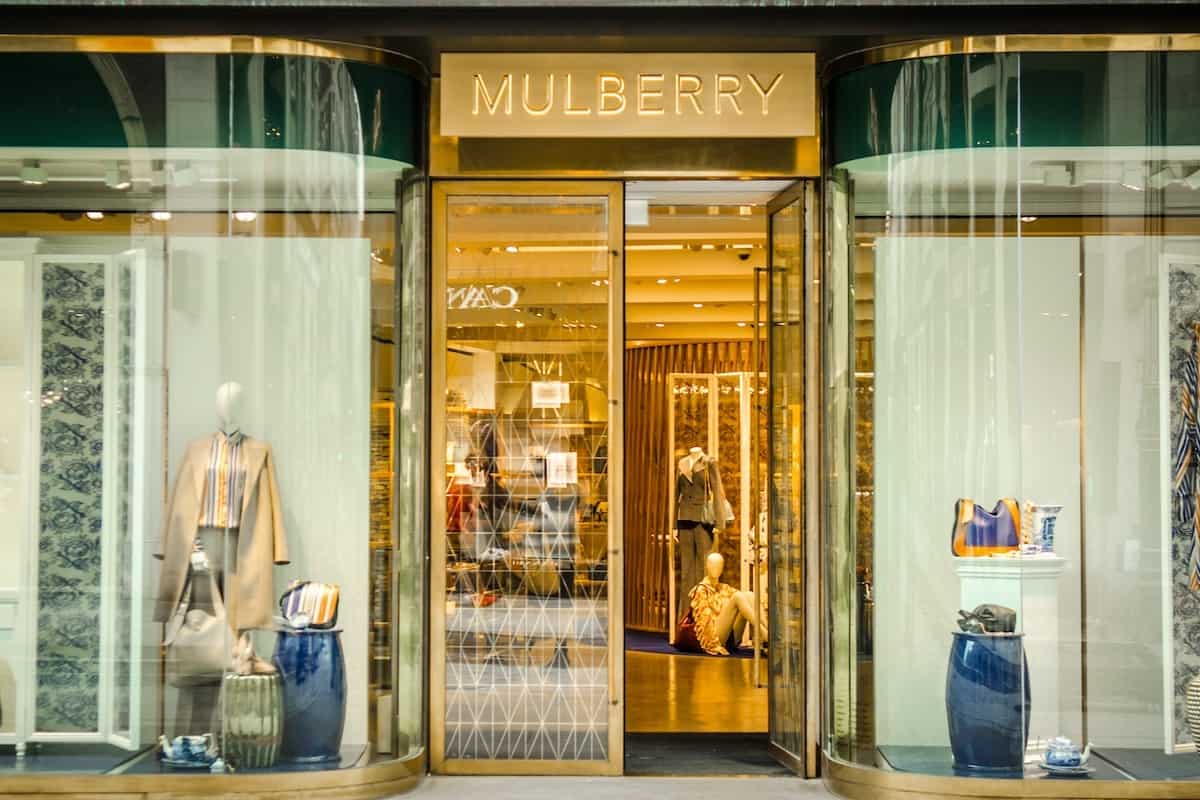So mobile payment users are buying more stuff on mobile than those who haven’t yet embraced this nascent technology. So finds the MEF’s latest global study that shows that 91% of mobile wallet users regularly engage in m-commerce and spend more when they do than non m-wallet users. However, only 15% worldwide have these wallet products and they have yet to really take off.
While the MEF’s research is an encouraging insight into how effective these tools can be to drive m-commerce, they really just show that early adopters are driving this part of the market. The research also however shows that mobile wallets have potential, but are simply not being used. O2 closed its much vaunted O2 Wallet at the tail end of last year, and many of the other mobile wallet products out there aren’t really gaining much traction with the mass market.
This, I think, belies the fact that mobile payments does have the power to shift m-retailing up a gear or two. This is very much evidenced by the mobile theatre at Internet Retailing Expo (26-27 March) being sponsored by Zapp – the bank backed mobile payments tool that could, come it’s launch in September, actually make mobile payments work. See more here http://www.internetretailingexpo.com/
Zapp are among one of the few companies in m-payments who get what’s needed to make it work. And, unless the payment products are right, then that shift will stay linked only to the small end of the market.
So what are the right payments products? The winners will be the ones that are simple to use and that actually remove the pain points from paying on mobile. Wallets are not, in my view, the answer: they are too complex, require charging up with money, passwords to remember and apps to fire up. These things make paying for stuff more complex, when really they need to make it easier than it is right now.
Instead the products that will gain acceptance are those that simplify the payment process. Things that work in the background of other apps and let the shopping process be smooth and slick. Of course, much of this involves preregistering card or account details, but once it is done then the payment can be done with one click – or as with apps such as Hailo, taking place in the background.
This sort of simplicity is the key to getting people using mobile payments. And once this starts to happen, then it will start to drive use of m-commerce as the MEF has already found among the early adopters.
This shift will have profound impacts on e-commerce. With the payment process being simple and often buried within the shopping experience this will see mobile devices – particularly tablets – starting to be the device of choice for consumers to shop on. This shift is already happening as families buy tablets rather than PCs, but this shift is likely to accelerate as the shopping process becomes easier.
The $64,000 question is whether it will generate new sales or just cannibalise online, and shift them. My money is on it generating extra sales. The ability to pay seamlessly will naturally make people buy. Coupled with much better targeting or marketing and content and we are poised for some interesting developments – and some stellar growth – in 2014.
Come learn more at IRX 2014 on 26-27 March at the NEC in Birmingham.
Find out more and register here








